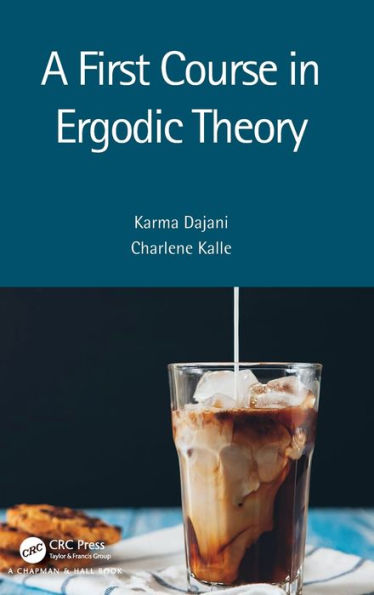A First Course in Ergodic Theory
A First Course in Ergodic Theory provides readers with an introductory course in Ergodic Theory. This textbook has been developed from the authors’ own notes on the subject, which they have been teaching since the 1990s. Over the years they have added topics, theorems, examples and explanations from various sources. The result is a book that is easy to teach from and easy to learn from — designed to require only minimal prerequisites.
"1138532248"
Features
- Suitable for readers with only a basic knowledge of measure theory, some topology and a very basic knowledge of functional analysis
- Perfect as the primary textbook for a course in Ergodic Theory
- Examples are described and are studied in detail when new properties are presented.
A First Course in Ergodic Theory
A First Course in Ergodic Theory provides readers with an introductory course in Ergodic Theory. This textbook has been developed from the authors’ own notes on the subject, which they have been teaching since the 1990s. Over the years they have added topics, theorems, examples and explanations from various sources. The result is a book that is easy to teach from and easy to learn from — designed to require only minimal prerequisites.
Features
- Suitable for readers with only a basic knowledge of measure theory, some topology and a very basic knowledge of functional analysis
- Perfect as the primary textbook for a course in Ergodic Theory
- Examples are described and are studied in detail when new properties are presented.
160.0
In Stock
5
1

A First Course in Ergodic Theory
268
A First Course in Ergodic Theory
268
160.0
In Stock

From the B&N Reads Blog
